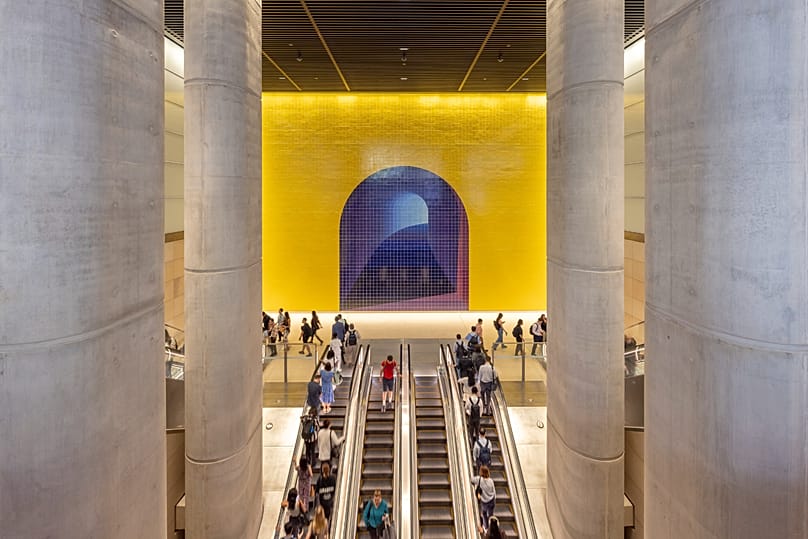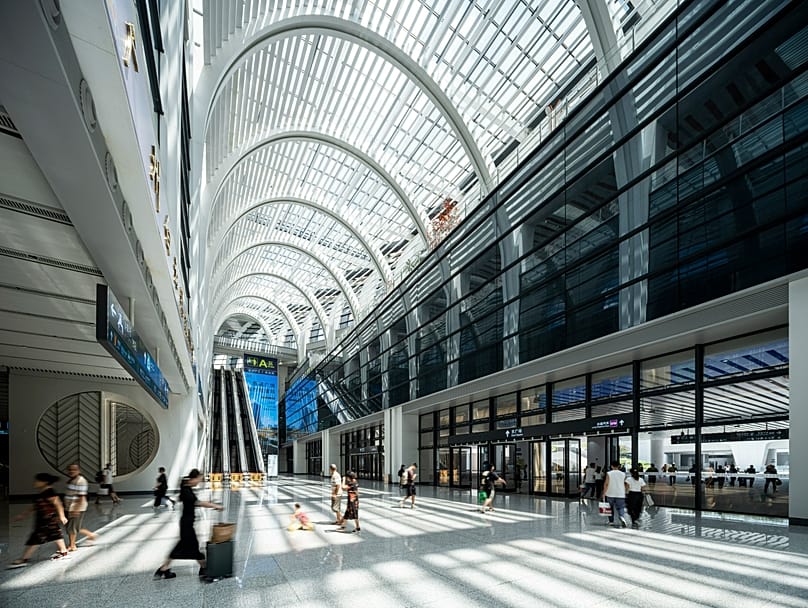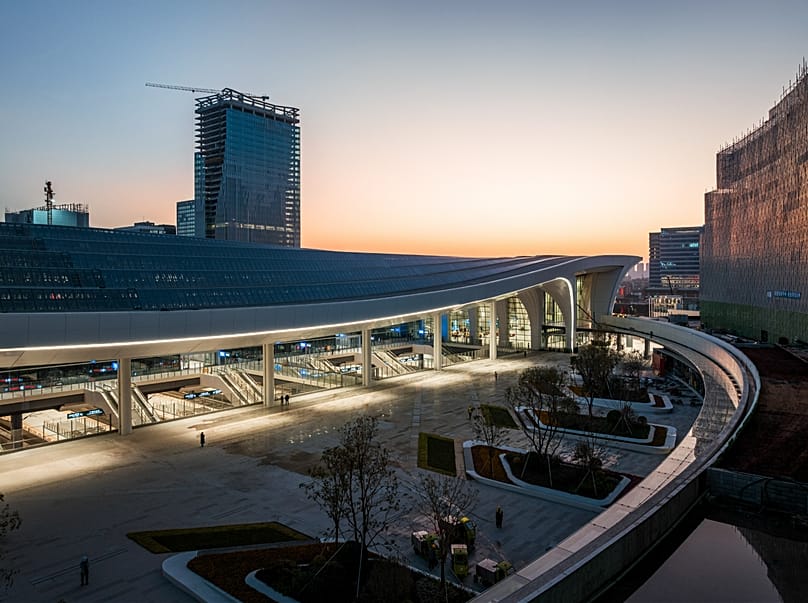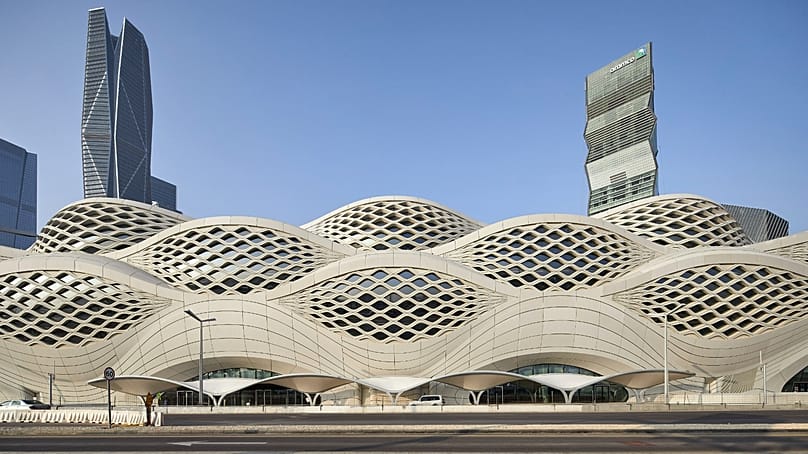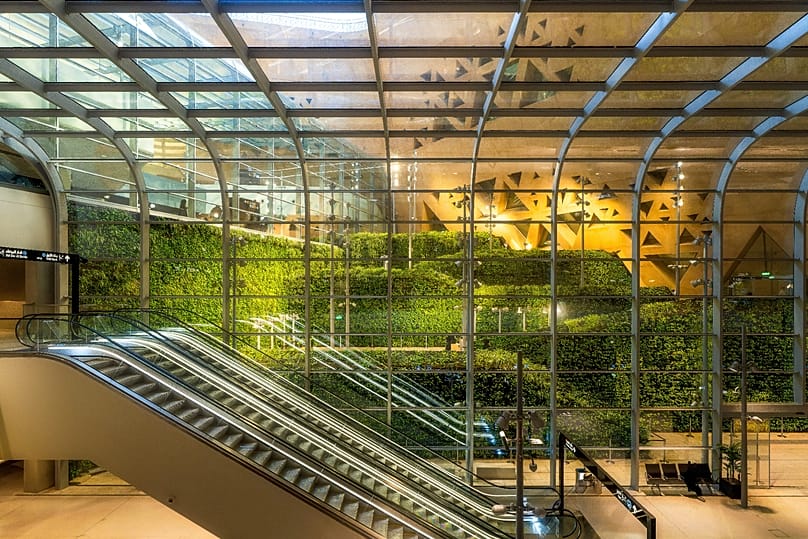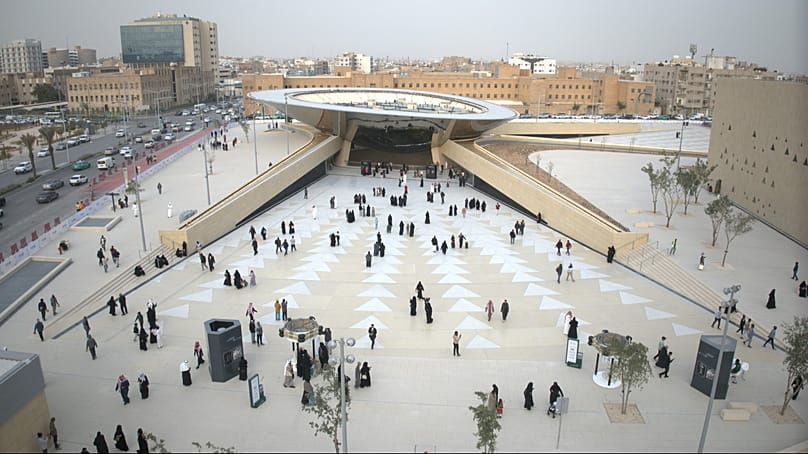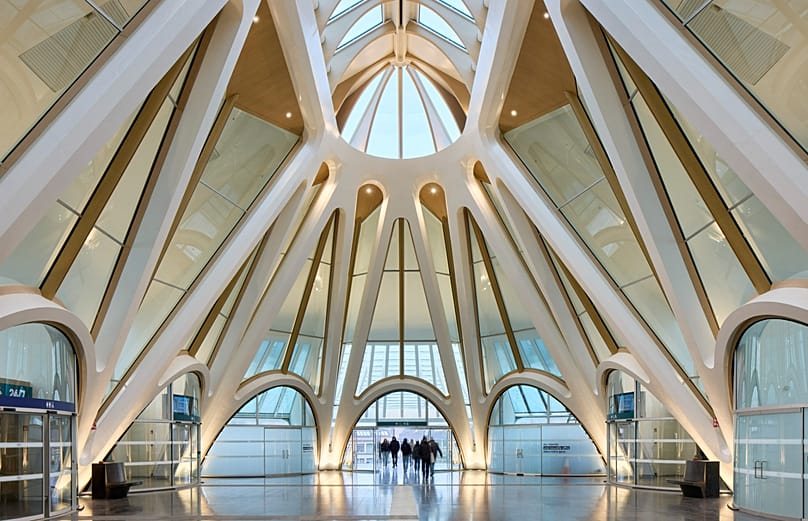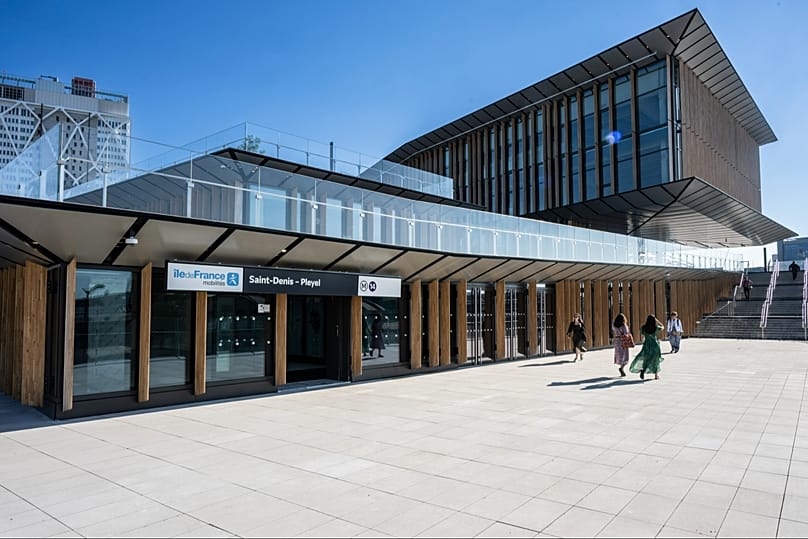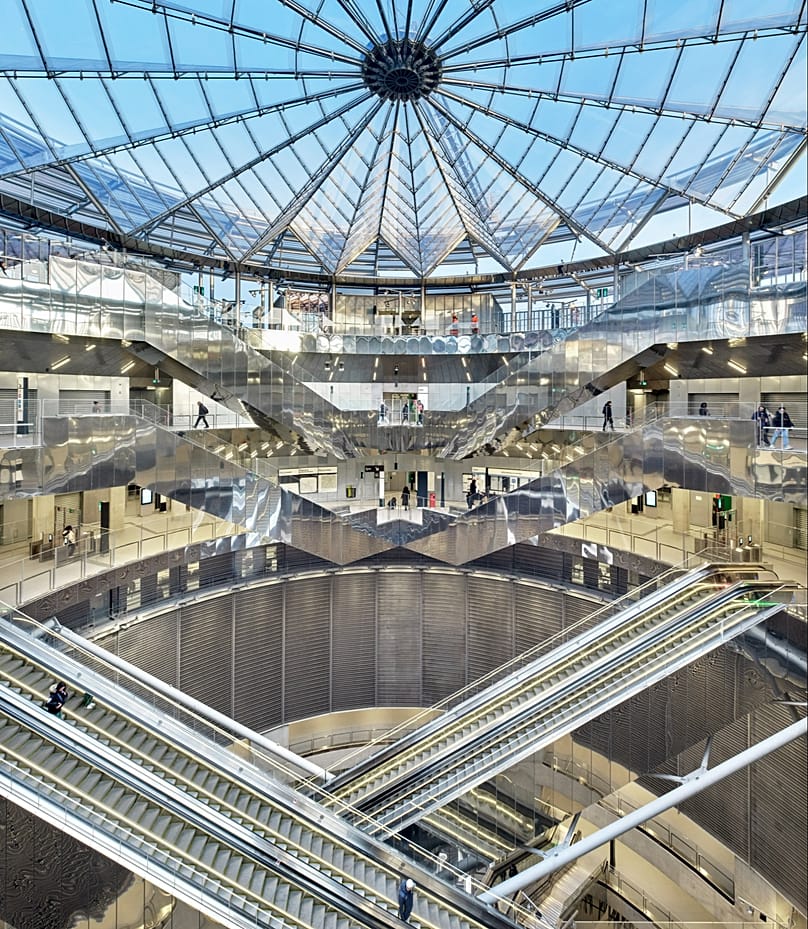First-class beauty: Prix Versailles picks the world's best looking train stations
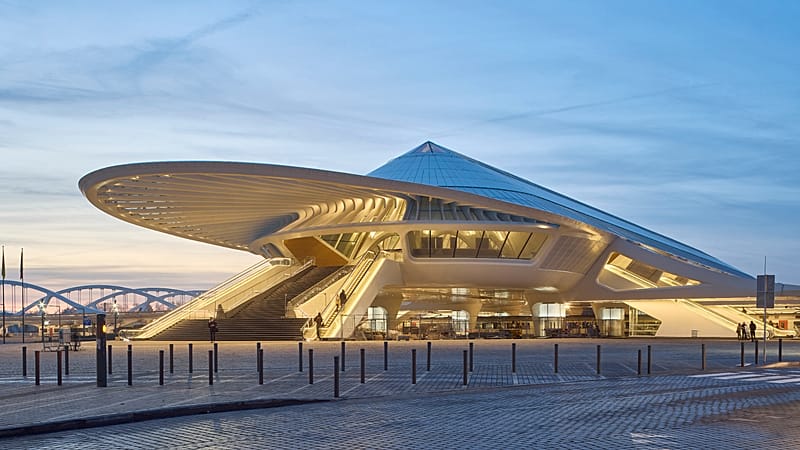
The daily commute can be one of the most depressing parts of the nine-to-five routine – especially in these dark winter months, when you enter a train or metro station at dawn and exit at dusk.
But your experience might be entirely uplifting if you're fortunate enough to travel through one of six stations crowned as the most beautiful in the world by the prestigious Prix Versailles.
It’s a highly coveted global architecture and design award, that annually honours outstanding buildings in a wide range of sectors varying from restaurants, museums or airports. In collaboration with UNESCO, the prize aims to celebrate projects with architectural excellence through innovation, sustainability, and good integration with their surroundings.
Three stations from the 2025 List will also next month receive the further distinction of a World Title – Prix Versailles, Interior or Exterior.
So who are this year’s winners? Choosing from thousands of stations across the globe, the Prix Versailles World Ceremony has rewarded beauty and design, with an apparent penchant towards modernity.
The magnificent seven
Gadigal Station, Sydney, Australia
We start by going underground at Gadigal Station in Sydney, Australia - the city’s first metro! The beauty hits you straight away with a huge piece of art right at the entrance, a vivid tile mosaic inspired by the early railway tunnels.
It also features cool, futuristic rows of strobe lights lining the wall. And the name, ‘Gadigal’, is the same as the Aboriginal people who originally owned the land, so the station is meant to honour the city’s history too. Labelled as “absolute modernity” in the Prize’s official statement, the station was designed by Foster + Partners in collaboration with Cox Architecture.
Baiyun Station, Guangzhou, China
Despite being rooted beneath the bustling business district, the designers at Nikken Sekkei transformed what could have been empty airspace into a bright, interconnected hub of shops and offices. There’s a circular walkway lined with greenery, which creates the feel of a three-dimensional park.
A multi-storey, circular pedestrian walkway connects the railway platforms to the surrounding commercial and office spaces, but more than that, it is interwoven with gardens to create a three-dimensional urban park that irrigates and unites the local community.
Riyadh, Saudi Arabia
Riyadh, Saudi Arabia, secured not one but two places on this year’s list. The first is the KAFD Station, designed by the legendary Zaha Hadid Architects, which combines futuristic design with nature-inspired forms.
On the aesthetic side, it has fluid, wave-like roof meant to reference desert dunes. On the practical side, it serves as a key hub in the world’s longest driverless transport system, making it futurism in full force.
The second station to make the shortlist is Qasr Al Hokm Station. Architectural firm Snøhetta designed an inverted conical canopy that works like a periscope to reflect city movement and light into the station below. Inside, the space is lined with adobe, a nod to the local Najdi architectural traditions, and includes a lush underground garden.
Europe's Most Beautiful
In Belgium, Mons Station was singled out thanks to its beautiful design, planned by Santiago Calatrava.
As is customary for him, the building is smooth and sweeping with a white steel gallery that looks a bit like a cathedral. It connects the historic centre with growing modern districts in one uninterrupted 165-meter pathway.
Saint-Denis-Pleyel Station
Last and by no means least in this extremely selective list are two stations in France. Saint-Denis-Pleyel Station was designed by architects Kengo Kuma & Associates and has a unique, light-filled space rising 35 meters high, with wooden surfaces that contrast with the industrial norm of steel and concrete.
Built to bridge three different neighbourhoods separated by rail tracks, the station is meant to serve as a social connector that will soon get a series of Paleolithic-inspired statues to make the project part of a "multi-millennial continuum."
Villejuif-Gustave Roussy Station
Finally, there is Villejuif-Gustave Roussy Station, designed by Dominique Perrault. This station plays with reflections and light, using metallic finishes of various textures to dazzle commuters in its vast cylindrical atrium. How? Through a 70-meter-wide glass ceiling, that allows air and daylight to plunge right down to the platforms, 50 meters underground.
Today


